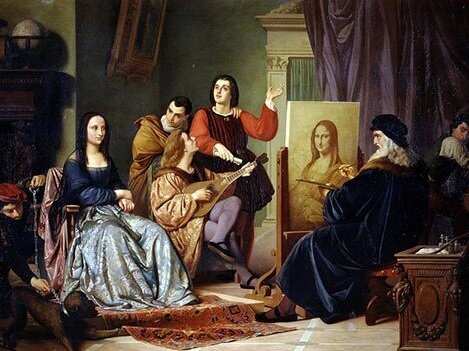The latest works by Marco Evaristti show an interpreted version of well-known paintings from the Renaissance. Sure, the motives are familiar, and so are names like Botticelli and Michelangelo; but the paintings are on their way out of our common consciousness. They have had to give way and lose their attention, but through Evaristti's interpretation they become relevant again.
Over time, the soft forms of the Renaissance have become bony skeletons, and lush landscapes now lie desolate. The colours have faded and time has consumed clothes and details. It is paradoxical that a work is revived in our consciousness when we are confronted with death and the transience of man as well as the environment.


















